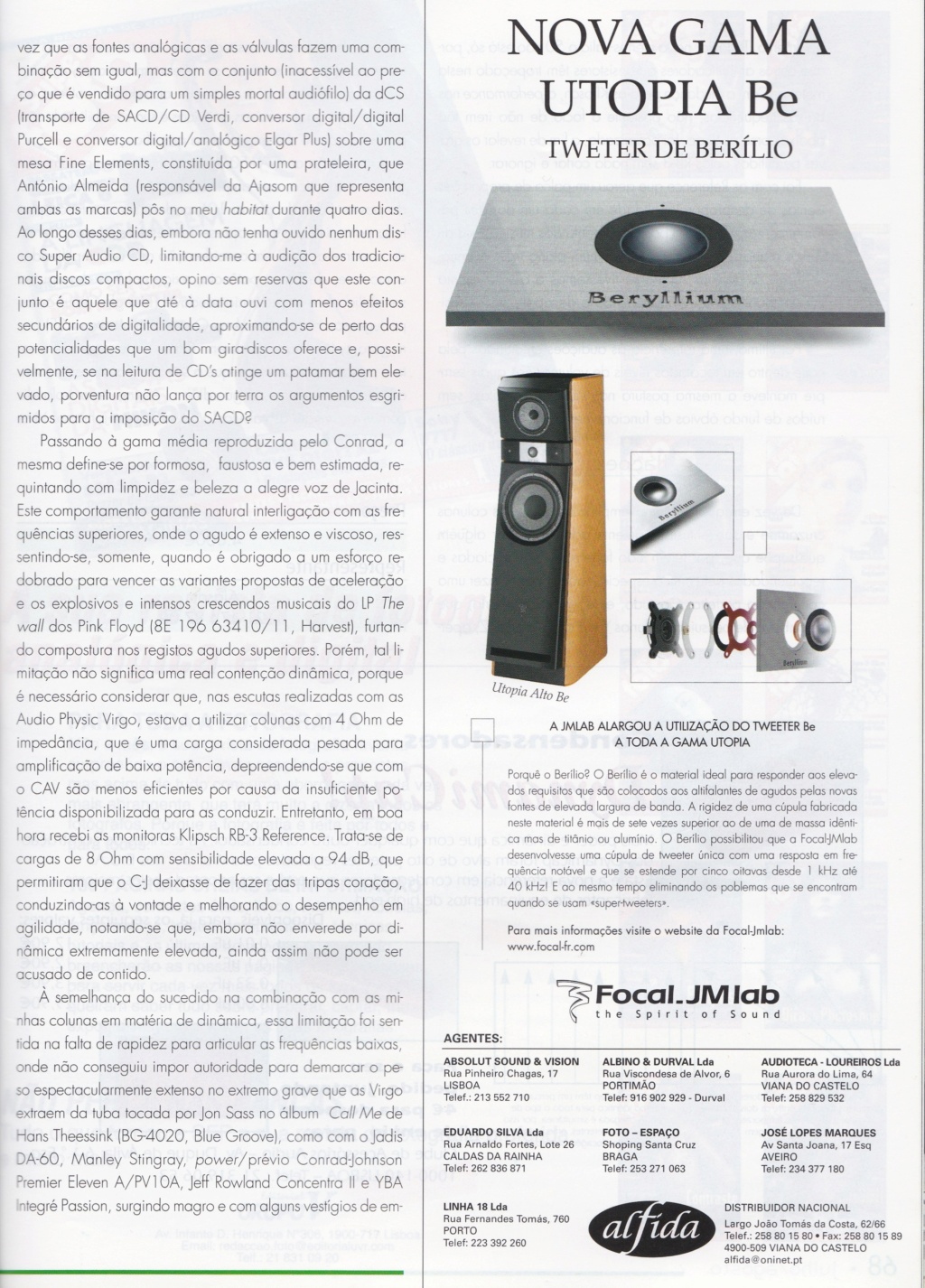

Certain Wankel engines have a power-to-weight ratio over one horsepower per pound. These rotary engine applications give advantages in a variety of vehicles and devices, including automobiles, motorcycles, racing cars, aircraft, go-karts, jet skis, snowmobiles, chainsaws, and auxiliary power units. The Wankel engine has the advantages of compact design and low weight over the more common internal combustion engine, which uses reciprocating pistons. NSU subsequently licensed the design to companies around the world, that have continually made improvements. He began development in the early 1950s at NSU, completing a working prototype in 1957. Wankel received his first patent for the engine in 1929. The design was conceived by German engineer Felix Wankel.

However, the output shaft uses toothed gearing to turn three times faster giving one power pulse per revolution.

Wankel engines deliver three power pulses per revolution of the rotor using the Otto cycle. The rotor, which creates the turning motion, is similar in shape to a Reuleaux triangle, except the sides have less curvature. The Wankel engine is a type of internal combustion engine using an eccentric rotary design to convert pressure into rotating motion.Ĭompared to the reciprocating piston engine, the Wankel engine has more uniform torque less vibration and, for a given power, is more compact and weighs less. Norton Classic air-cooled twin-rotor motorcycle


 0 kommentar(er)
0 kommentar(er)
